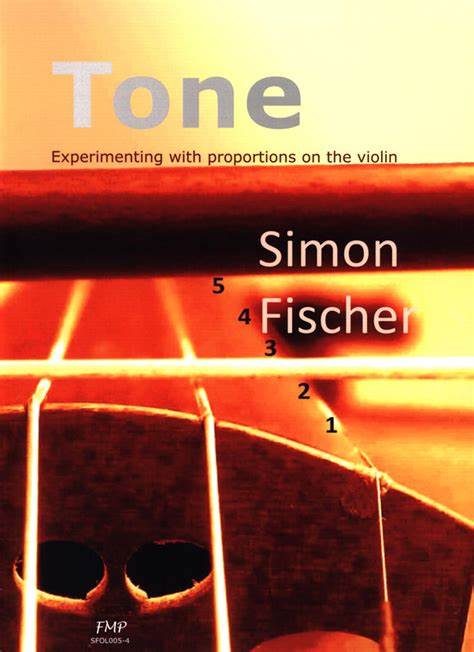
Last week on Tonebase, I was very inspired by the live interview between Daniel Kurganov and Daniel Rowland and their discussion on tone colors. In particular, their exploration of the first movement of the Franck Sonata prompted me to whip out Simon Fischer’s book Tone. Sometimes, when we look for that special sound in a piece, we can imagine it or sing it, but not always sure how to execute it on our instrument…at least not consistently. This is where a lot of experimentation comes in. But for successful experimentation, we also need a deeper understanding of how the different elements on the violin/viola work in tandem.
The most overlooked bow variable is a deep study of contact points. The exercises in Tone by themselves are pretty boring (I think) but they can also be extremely challenging and rewarding at the same time. Hope you’re into delayed gratification, because to make the most of these exercises one must be in the present moment, listen to the sound, and feel the contact between the bow and the string. The rewards are harvested later, when the skills practiced are applied back into repertoire. Because Simon Fischer includes just about every possible scenario encountered (excluding harmonics, as those change the game), the best way to approach this book is to choose our repertoire first and then figure out which exercises would go with different sections of the piece.
In the following video, I sample a few exercises from this book, going over important details to pay attention to when manipulating the sounding point. These examples cover string crossing, adjusting bow weight, bow speed, shifting, and more.
